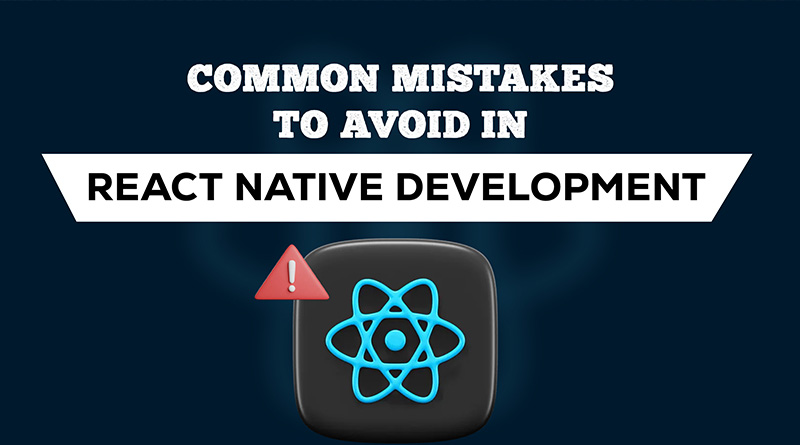Adobe Creative Cloud – A Comprehensive Tutorial Guide

In the world of digital creativity, Adobe Creative Cloud stands as a towering presence. It’s a suite of powerful software applications that have become indispensable tools for professionals and enthusiasts alike. From graphic design and photography to video editing and web development, Adobe Creative Cloud has it all. This article serves as your ultimate guide to understanding and using Adobe Creative Cloud effectively.
What is Adobe Creative Cloud?
Adobe Creative Cloud, often referred to as Adobe CC or simply Creative Cloud, is a subscription-based service that offers a collection of Adobe’s industry-standard software applications for various creative disciplines. Unlike the traditional model where you purchase a software license upfront, Creative Cloud provides access to the latest versions of Adobe’s software on a subscription basis.
The Adobe Creative Cloud Suite:
Adobe Creative Cloud is a comprehensive suite of software applications designed to cater to the needs of creative professionals. Here’s a breakdown of some of its most prominent members:
- Adobe Photoshop: This image editing software is the go-to tool for photographers and graphic designers. It’s used for tasks ranging from basic photo retouching to complex digital art creation.
- Adobe Illustrator: Illustrator is the king of vector graphics, making it ideal for creating logos, icons, illustrations, and scalable graphics.
- Adobe InDesign: InDesign is the industry standard for desktop publishing, used for designing everything from brochures and magazines to eBooks and interactive PDFs.
- Adobe Premiere Pro: Premiere Pro is a video editing software that professionals use for video production, film editing, and multimedia content creation.
- Adobe After Effects: This motion graphics and visual effects software is essential for creating captivating animations, special effects, and dynamic video content.
- Adobe Audition: Audition is a powerful audio editing software for recording, editing, and mixing audio for video, podcasts, and music production.
- Adobe Dreamweaver: Dreamweaver is a web design and development tool for creating and managing websites and web applications.
- Adobe Lightroom: Lightroom is a photo editing and organization software, favored by photographers for its non-destructive editing capabilities and seamless integration with Photoshop.
- Adobe XD: XD is a user experience (UX) and user interface (UI) design tool for creating interactive prototypes and designing mobile apps and websites.
- Adobe Acrobat DC: Acrobat DC is used for creating, editing, signing, and sharing PDF documents. It’s essential for businesses and professionals dealing with digital documents.
Learning Adobe Creative Cloud: Where to Begin?
Whether you’re a beginner or an experienced user looking to enhance your skills, there are numerous resources available for learning Adobe Creative Cloud:
- Official Adobe Tutorials: Adobe provides an extensive library of tutorials and guides on its website, covering each software application in the Creative Cloud suite.
- Online Courses: Platforms like LinkedIn Learning, Udemy, and Coursera offer courses taught by industry professionals, catering to various skill levels.
- YouTube: YouTube is a treasure trove of Adobe Creative Cloud tutorials, with countless creators sharing tips, tricks, and in-depth tutorials.
- Books: There are many books available that cover Adobe Creative Cloud software in detail, providing step-by-step instructions and project-based learning.
- Adobe Creative Cloud Forums: Adobe’s official forums are a valuable resource for troubleshooting issues, seeking advice, and connecting with a community of Adobe users.
- Local Workshops and Classes: Check for local workshops, classes, or community colleges that offer courses on Adobe Creative Cloud.
Mastering Adobe Creative Cloud: Tips and Tricks:
- Keyboard Shortcuts: Learning keyboard shortcuts can significantly speed up your workflow. Each Adobe application has its set of shortcuts, so take the time to learn them.
- Plugins and Extensions: Explore the wide range of third-party plugins and extensions available for Adobe software to enhance functionality and streamline tasks.
- Templates and Presets: Utilize templates and presets available within Adobe software to kickstart projects and maintain consistency.
- Creative Cloud Libraries: Make use of Creative Cloud Libraries to store and share assets like graphics, colors, and character styles across Adobe applications.
- Regular Updates: Adobe frequently releases updates with new features and improvements. Stay updated to take advantage of the latest tools.
Common Adobe Creative Cloud FAQs:
Q1: Is Adobe Creative Cloud worth the subscription cost?
A: Many professionals find Creative Cloud to be worth the cost due to the frequent updates, access to all Adobe apps, and cloud storage for projects.
Q2: Can I use Creative Cloud on multiple devices?
A: Yes, you can install and use Creative Cloud apps on multiple devices, including desktops, laptops, tablets, and smartphones.
Q3: Can I cancel my Creative Cloud subscription at any time?
A: Adobe offers both annual and month-to-month subscriptions, with the flexibility to cancel or change plans at any time.
Q4: Are there discounts for students and teachers?
A: Yes, Adobe offers discounts on Creative Cloud subscriptions for students and educators with valid proof of eligibility.
Q5: Can I use Creative Cloud apps offline?
A: Yes, many Creative Cloud apps can be used offline, but you will need to connect to the internet periodically to verify your subscription.
In Conclusion:
Adobe Creative Cloud is a creative powerhouse that empowers professionals and enthusiasts to bring their digital visions to life. Whether you’re a photographer, designer, videographer, or web developer, the suite offers a tool for every creative endeavor.
Reads More: advantages of mobile payment
FAQs About Adobe Creative Cloud
Q1: What is Adobe Creative Cloud?
A: Adobe Creative Cloud is a subscription-based service that provides access to a comprehensive suite of Adobe software applications used for creative tasks, including graphic design, video editing, web development, and more.
Q2: What software applications are included in Adobe Creative Cloud?
A: Adobe Creative Cloud includes a wide range of software applications such as Adobe Photoshop, Illustrator, InDesign, Premiere Pro, After Effects, Audition, Dreamweaver, Lightroom, XD, Acrobat DC, and many others.
Q3: How can I learn to use Adobe Creative Cloud software?
A: You can learn to use Adobe Creative Cloud software through official Adobe tutorials, online courses, YouTube tutorials, books, and local workshops or classes.
Q4: Can I use Adobe Creative Cloud on multiple devices?
A: Yes, you can install and use Adobe Creative Cloud apps on multiple devices, including desktop computers, laptops, tablets, and smartphones.
Q5: Is there a free trial available for Adobe Creative Cloud?
A: Adobe offers a 7-day free trial for Adobe Creative Cloud, allowing users to explore its features and applications before subscribing.
Q6: What is the cost of Adobe Creative Cloud?
A: The cost of Adobe Creative Cloud varies depending on the plan and level of subscription. Adobe offers both annual and month-to-month subscription options, with different pricing tiers for individuals, students and educators, and businesses.
Q7: Can I cancel my Adobe Creative Cloud subscription at any time?
A: Yes, Adobe Creative Cloud offers flexible subscription options, allowing you to cancel or change your plan at any time.
Q8: Are there discounts for students and teachers?
A: Yes, Adobe offers discounts on Creative Cloud subscriptions for students and educators with valid proof of eligibility, making it more affordable for educational purposes.
Q9: Can I use Adobe Creative Cloud apps offline?
A: Yes, many Adobe Creative Cloud apps can be used offline. However, you will need to connect to the internet periodically to verify your subscription.
Q10: How often are Adobe Creative Cloud apps updated?
A: Adobe releases updates for Creative Cloud apps regularly, introducing new features, improvements, and bug fixes. It’s advisable to keep your apps up to date to access the latest tools and enhancements.







